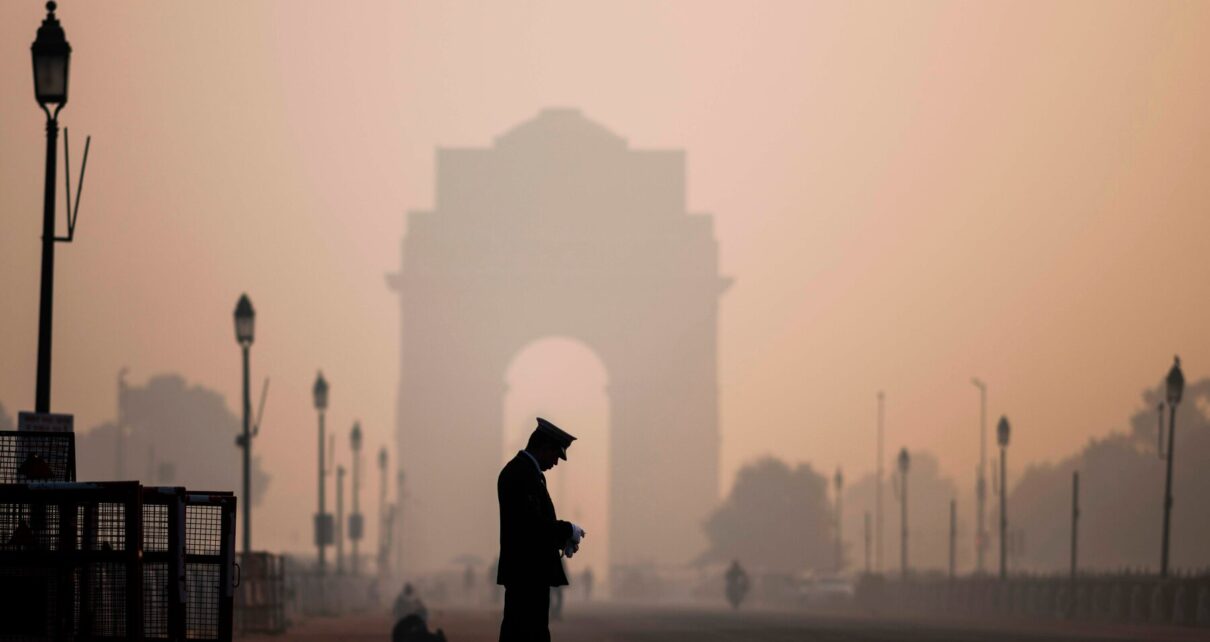In 2019, deaths caused due to air pollution cost India a GDP loss of 1.36% valued at $36.8 billion (approximately ₹360 crore), according to a study published in peer-reviewed medical journal Lancet on Tuesday.
The paper highlighted that India is bearing massive losses to its GDP and productivity due to health impacts of air pollution. Researchers looked at both indoor and outdoor air pollution across states and measured its impact.
Overall deaths and disease due to air pollution is linked to GDP loss of 1.36% of India’s GDP according to the paper. In 2019, 1.67 million deaths in India were attributable to air pollution, which accounted for 17·8% of the total deaths.
The economic loss due to lost output from premature deaths and illness attributable to air pollution (outdoor and household) as a percentage of state GDP loss was 1.08% in Delhi. The highest loss to GDP was recorded by Uttar Pradesh at 2.15% followed by Bihar at 1.95% and Madhya Pradesh and Rajasthan lost 1.70% each.
When it comes to impact of outdoor air pollution alone on state GDP loss, Delhi recorded a loss of 1.06% to its GDP. The highest GDP loss was recorded by Uttar Pradesh at 1.34% followed by Punjab at 1.22%.
Between 1990 and 2019, the death rate per 1,00,000 population has increased by 115.3% due to exposure to high outdoor air pollution levels. The death rate due to exposure to household air pollution has decreased by 64.2% due to a reduction in the use of solid fuels. But death rate due to exposure to the ground-level ozone also increased by 115% during the 29-year period.
The results are a part of the Global Burden of Disease (GBD) study – an ongoing worldwide collaboration of research institutes and researchers assessing mortality and disability from major diseases. The research reported in this particular study is funded by the Bill & Melinda Gates Foundation, UN Environment Programme and Indian government’s premier research institute, the Indian Council of Medical Research (ICMR).
“Estimates have uncertainty as mentioned in the report due to uncertainty in exposure, risk assessments and in background disease rates,” Sagnik Dey, associate professor at IIT-Delhi’s Centre for Atmospheric Sciences and one of the study co-authors. “One of the key data gap is the lack of surface monitoring in the rural areas, where pollution level is equally high.” Indian cities make up six of the world’s 10 most-polluted urban areas, according to the latest World Air Quality Report from IQAir. Globally nine out of ten people breathe air that exceeds guideline limits by the World Health Organization (WHO).




